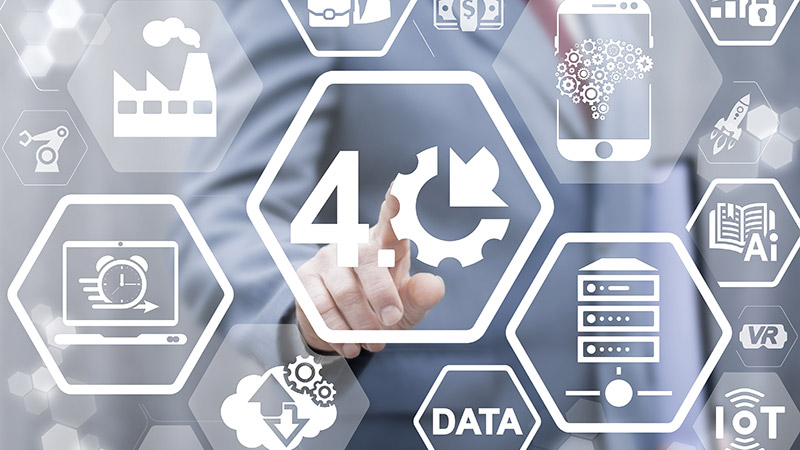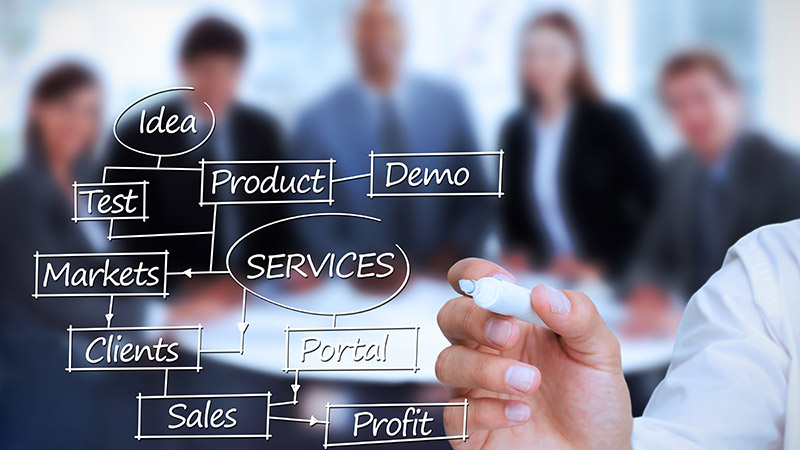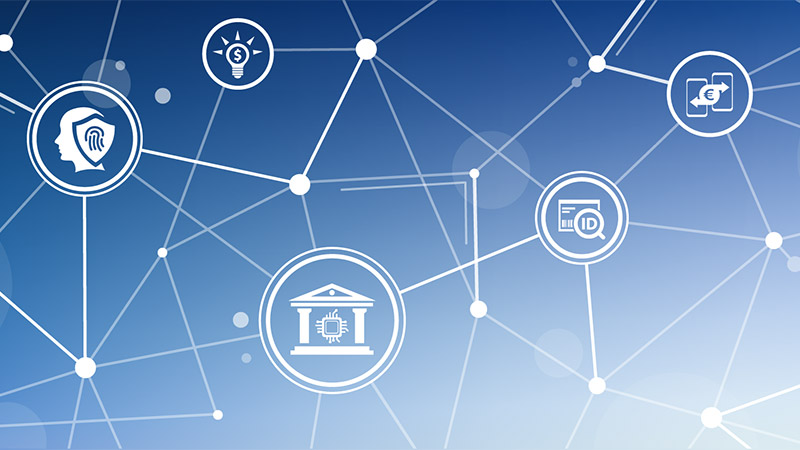
Investment in enabling technologies/ Strenghtening the foundation
IT and technology capabilities are fundamental to drive this change – thus companies are recommended to invest in:
Big data & Analytics environments to capture information and allow better fact/data based decision making
IoT – interconnected machines, sensors – deploy state of the art connectivity including smart sensors
smart machines – implementing interconnectivity between machines
Cloud computing – adoption of cloud techniques in either IT or service delivery
Broadband & connectivity – use state of the art communication technology, eg. 5G
Mobile apps – develop apps with global accessability of products & services



 „Put the customer at the forefront of your thinking.“ – customer first, create a unique customer experience – allways maintain a customer-centric perspective. Never forget the customer – start with a pain-point analysis.
„Put the customer at the forefront of your thinking.“ – customer first, create a unique customer experience – allways maintain a customer-centric perspective. Never forget the customer – start with a pain-point analysis.
